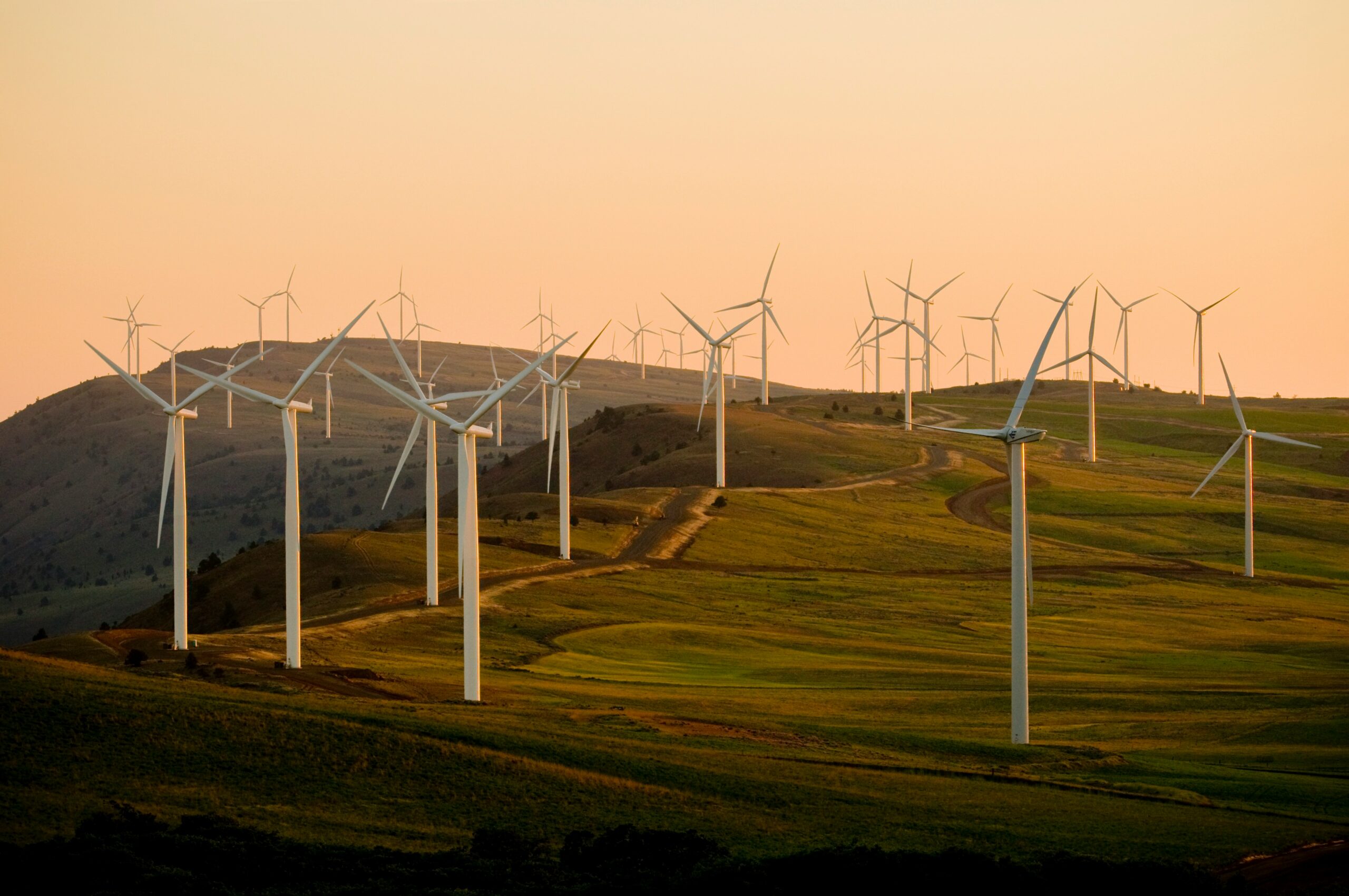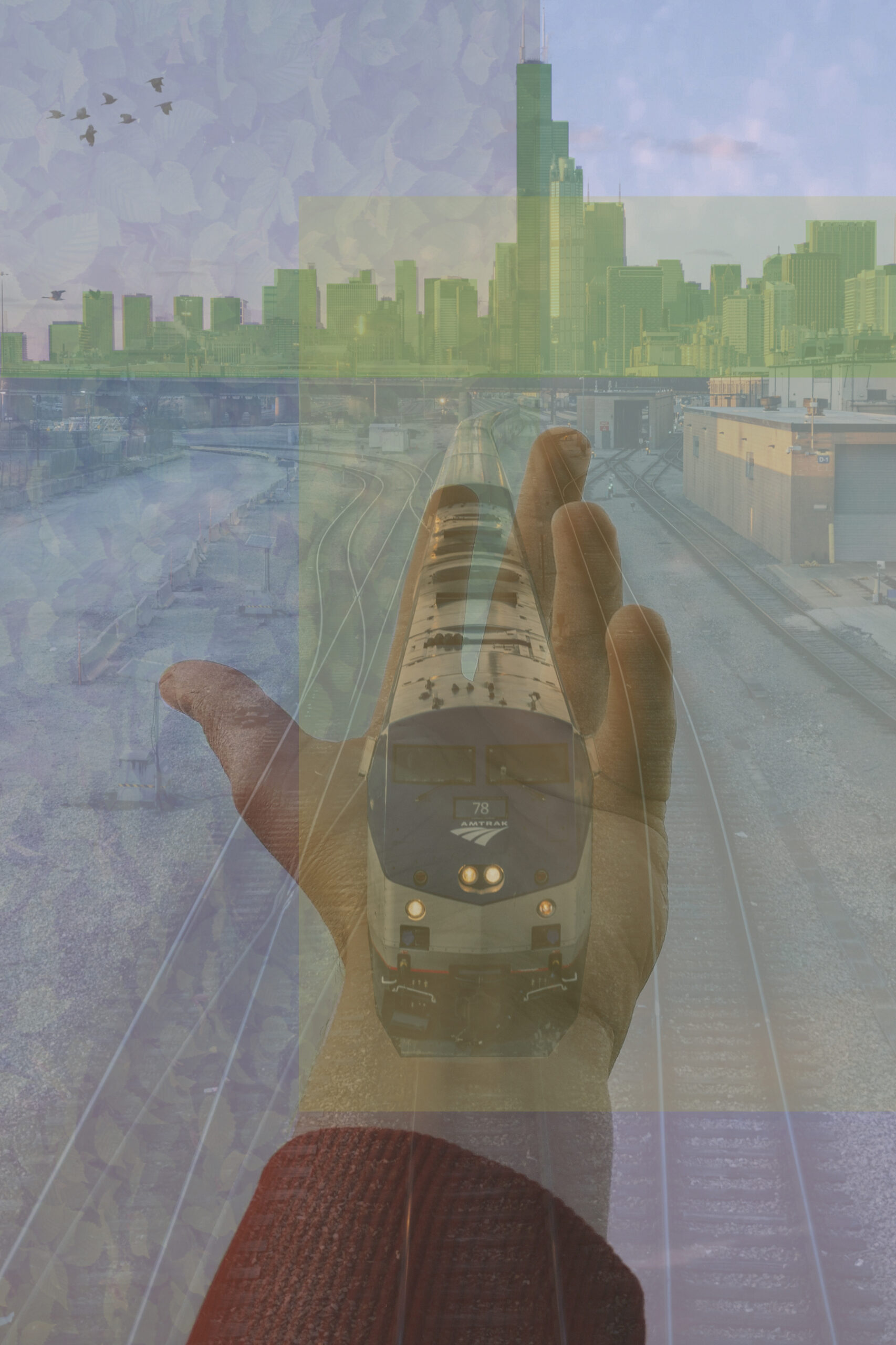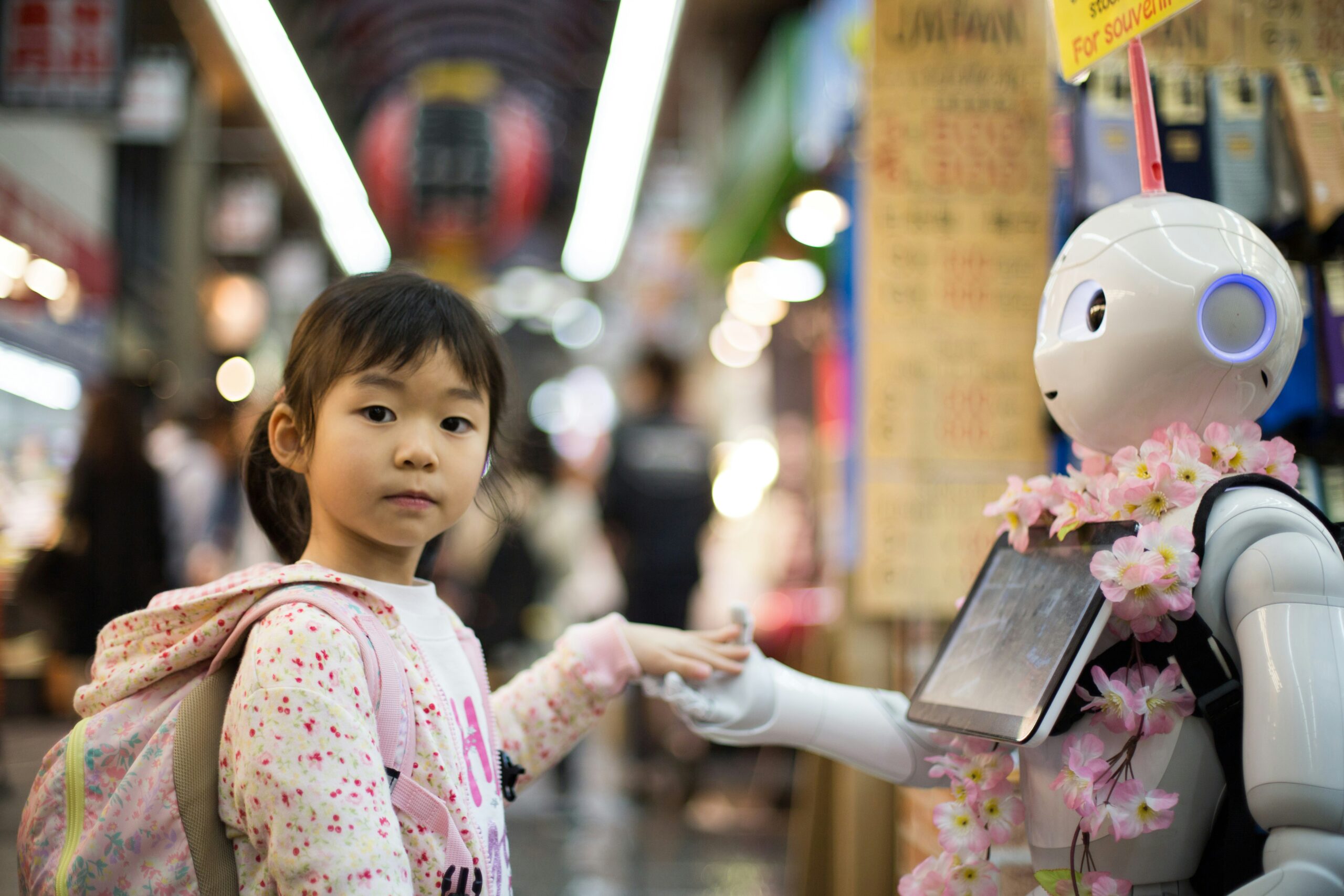Future Scenarios
We cannot predict the future – but we can imagine it. We crafted the Long View Scenarios with intelligence mined from interviews, information garnered from additional research, and a touch of creativity. These futurescapes are plausible, challenging, at times surreal, and relevant stories about how the future might unfold.
Future Scenarios
It can be hard to imagine the future. To get you started, here are some scenarios based on future trends gleaned from the Long View Interviews. Picture lifelong AI-powered tutors, the end of personal cars, societies unconstrained by energy and more. Are these dreams you hope to manifest? Are they nightmares you wish to avoid? These scenarios are challenges to engage your imagination and can be used in stakeholder discussions and classrooms to ponder how we can take action now to prepare for or alter what is to come.
These scenarios can be used as prompts for discussion, creative writing, or other projects engaging various audiences. Contact us at longviewproject@ncsu.edu if you would like to collaborate on a project.
See how our future scenarios are being used by Cli-Fi Imaginarium, a writing group imagining bold thriving within planetary boundaries.





